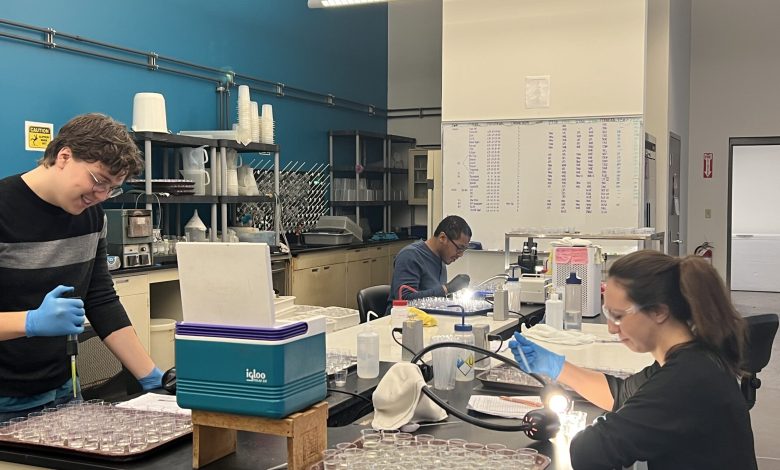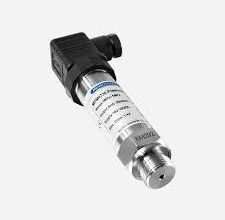Coastal Marine Monitoring in Aquatic Bioassay Testing: Ensuring the Health of Marine Ecosystems Introduction

Coastal marine environments are vital ecosystems that support a rich diversity of life and provide numerous ecological, economic, and recreational benefits. However, these environments are increasingly threatened by pollution, climate change, and human activities. Coastal marine monitoring, particularly through aquatic bioassay testing, is essential for assessing and managing the health of these ecosystems. This article explores the importance, methodologies, and applications of coastal marine monitoring in the context of aquatic bioassay testing.
Importance of Coastal Marine Monitoring
Coastal marine monitoring involves the systematic collection and analysis of data to assess the health of marine environments. The primary goals are to detect changes in water quality, identify pollution sources, evaluate the impact of human activities, and ensure compliance with environmental regulations. By integrating aquatic bioassay testing, scientists can gain a comprehensive understanding of how pollutants affect marine organisms and ecosystems.
Key reasons for coastal marine monitoring include:
- Biodiversity Conservation: Coastal areas are home to a wide range of species, many of which are sensitive to changes in water quality. Monitoring helps protect these species and maintain biodiversity.
- Public Health: Coastal waters are often used for recreation and as sources of seafood. Monitoring ensures that these waters are safe for human use and consumption.
- Economic Benefits: Healthy coastal ecosystems support fisheries, tourism, and other industries. Monitoring helps sustain these economic activities by ensuring the long-term health of marine environments.
- Environmental Compliance: Regulatory agencies require monitoring to ensure that industries and municipalities comply with environmental standards and regulations.
Methodologies in Coastal Marine Monitoring
Several methodologies are employed in coastal marine monitoring, combining traditional monitoring techniques with aquatic bioassay testing to provide a comprehensive assessment of marine health.
- Water Quality Analysis: Regular sampling and analysis of water quality parameters such as temperature, salinity, pH, dissolved oxygen, and nutrient levels provide baseline data on the health of coastal waters.
- Chemical Analysis: Identifying and quantifying pollutants such as heavy metals, pesticides, hydrocarbons, and pharmaceuticals in water and sediment samples help assess the sources and levels of contamination.
- Biological Monitoring: Observing changes in the abundance, diversity, and health of marine organisms, including fish, invertebrates, and plankton, provides insights into the impacts of environmental stressors.
- Aquatic Bioassay Testing: Bioassays involve exposing marine organisms to water samples or specific pollutants to assess their effects. Commonly used organisms include marine fish, crustaceans, mollusks, and algae. These tests measure endpoints such as survival, growth, reproduction, and behavioral changes.
- Remote Sensing and GIS: Remote sensing technologies and Geographic Information Systems (GIS) are used to map and monitor large coastal areas, providing data on land use changes, habitat loss, and coastal erosion.
Applications of Coastal Marine Monitoring
- Pollution Source Identification: Monitoring helps identify sources of pollution, whether from industrial discharges, agricultural runoff, sewage outfalls, or marine traffic. This information is crucial for implementing targeted mitigation strategies.
- Impact Assessment of Human Activities: Coastal development, dredging, and marine construction can significantly impact marine ecosystems. Monitoring assesses these impacts and guides sustainable development practices.
- Climate Change Research: Coastal marine monitoring provides data on how climate change affects marine environments, including changes in sea temperature, sea level rise, ocean acidification, and shifts in species distributions.
- Marine Protected Areas (MPAs) Management: Monitoring helps evaluate the effectiveness of MPAs in conserving marine biodiversity and informs adaptive management strategies.
- Restoration Projects: Monitoring supports the design and evaluation of coastal restoration projects, such as wetland rehabilitation, coral reef restoration, and mangrove planting.
Conclusion
Coastal marine monitoring, enhanced by aquatic bioassay testing, is essential for understanding and managing the health of marine ecosystems. Through comprehensive monitoring programs, we can detect changes in water quality, assess the impacts of pollutants and human activities, and develop strategies to protect and restore these vital environments. As coastal areas face increasing pressures from pollution and climate change, the role of monitoring in ensuring the sustainability of marine ecosystems becomes ever more critical.




